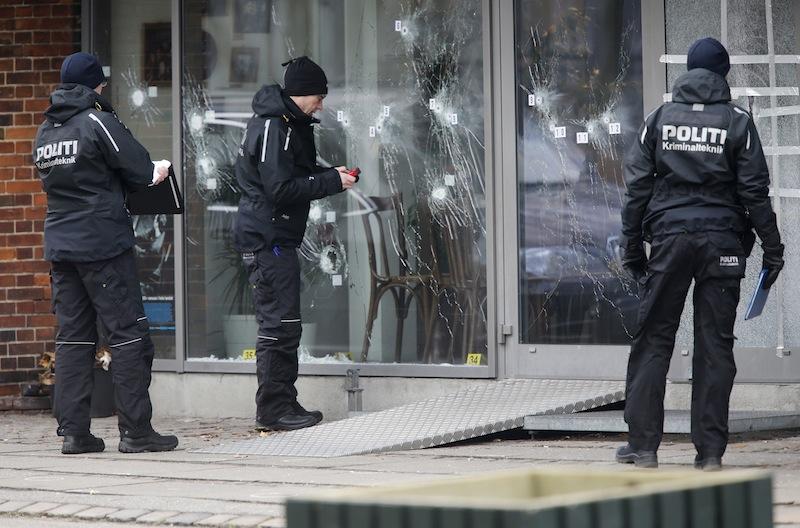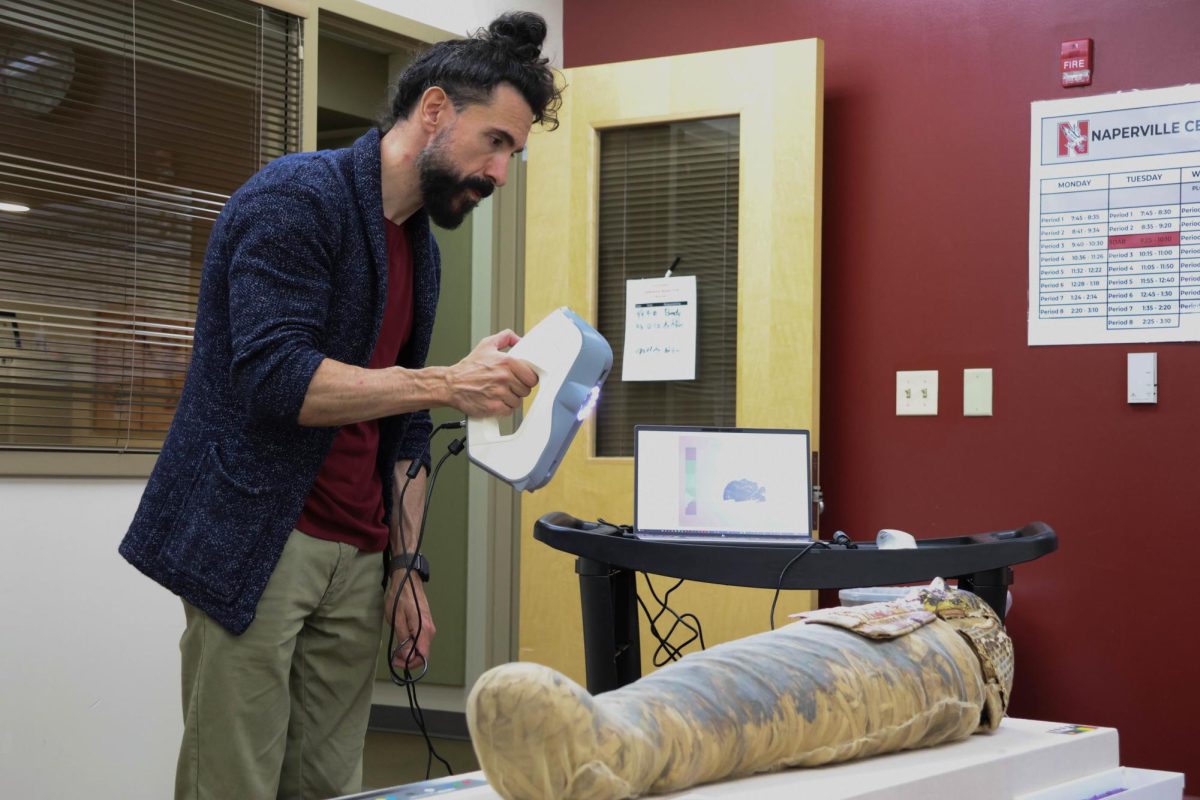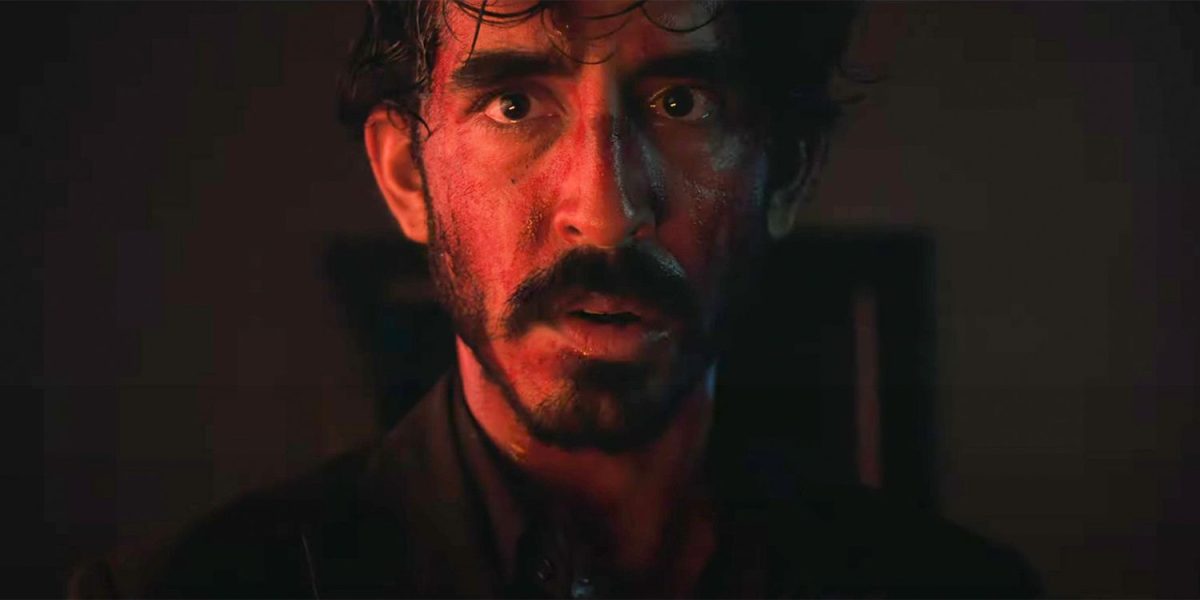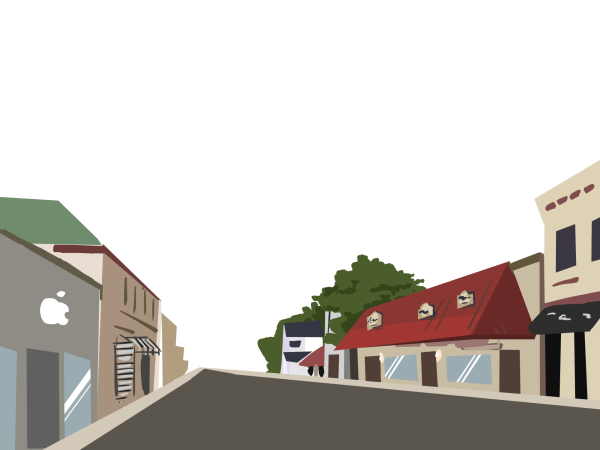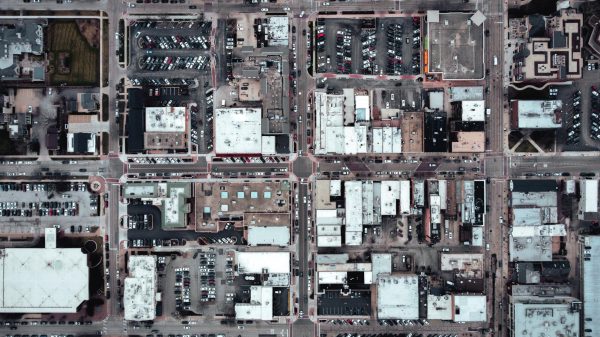Can’t Touch This: Madmen and free speech
February 22, 2015
On February 14th, the Danish art-cafe “Krudttønden” was hosting a freedom of speech event due to the recent terror attack on the controversial French publication “Charlie Hebdo”. The French Prime Minister Francois Zimeray was at the event to both show his gratitude for Denmark’s support of France since the attack and to introduce the controversial Swedish political cartoon artist, Lars Vilks. However, Zimeray was prohibited from doing so when over 40 gunshots were fired into the gallery, shattering the glass windows and threatening everyone inside, as well as the cause they were there for: free speech.
I was turning on CNN as I usually do around nighttime, expecting to hear about American politics of some kind – instead, I saw the streets of my country’s capital, Copenhagen, filled with police and flashing lights above a “breaking news” sign. I was shocked. Denmark, the country with the ninth lowest crime rate in the world (according to Elite 10, a rating website), and the streets I grew up on, is not a place which I would deem unsafe or dangerous to be.
When I was a young child, my mother would often leave me outside of grocery stores in a stroller, as she would shop for that night’s dinner. Most stores even had spots for that purpose, it was common for mothers to leave their baby’s outside. When I was first starting school, I would ride my bike the three kilometers it took to get there by myself, as a six year old. When I was a young teenager I would take the public train to other cities and spend the day there without parental overview. The streets were safe, as crime was, and still is, seldom.
This is one of the many reasons I find the recent attack so shocking – terror acts or killings at all are far from common in Denmark – our militia is used more for social events than for catching gunmen who are loose on the streets!
The handful of times Denmark has received either bomb threats or actual attacks like this one, it can surely be traced back to 2005, when a well known Danish newspaper, “Jyllands-Posten,” printed 12 cartoons depicting the face of the prophet Muhammad, one of which illustrated his turban as a bomb. This was, and still is, very offensive to the large muslim population both in Denmark and around the world, and acts as the reason Denmark has been put on on the terror hit-list.
Christina Almstrup, a 27 year old acquaintance of mine, lives approximately a kilometer away from “Krudttønden”, the café where the shooting occurred, and whose title ironically translates to “the barrel of gunpowder”. Almstrup was home alone in her apartment when she heard an unusual amount of sirens coming from the street below, and saw multiple police cars and ambulances race down the street as she looked down her window. Over a Facebook interview she told me about the event.
“Of course I was wondering what happened, and I turned on the news right away where I saw a man had been shot close to where I live,” Almstrup said.
Almstrup went out with some of her friends that same night, and returned home on her bike around 12 PM. She again turns on the news where she discovers a second shooting has happened, this time on Nørreport (a Danish street in Copenhagen), not too far away from where she was earlier that night.
“At this time I became very shocked and upset,” Almstrup wrote. “I thought it all came incredibly close to me at that point, and no one knew if there would be more shootings at that time.”
The shooting on Nørreport turned out to be the same gunman striking twice – this time at synagogue open for midnight mass. He shot a man of about 30 years old, as well as two police officers on duty. The man died from a fatal headshot, and the two police officers were wounded, but not fatally.
Within five hours of the synagogue shooting, the perpetrator himself was shot and killed by the Danish police force. It was later discovered that 22-year old Omar Abdel Hammid El-Hussein was the gunman and that he had been released from jail only a month ago. He had been sentenced for knife stabbings and also had relations to criminal gangs.
The shooting episode left two civilians killed, excluding the gunman himself. A memorial was held on Østerbro the next day to mourn the victims and over 30,000 people showed up with signs, candles and flowers. I would have been there myself, would I not have been over 4000 miles away in the U.S.
The famous Danish singer Pernille Rosendahl sang an old song at the memorial, written during World War II originally in offense to the Nazi’s:
“You can bind our mouth and hands, but you can not bind the soul, and no one is prisoner, when thoughts are free.”
In other words – free speech shall prevail.
If there is one thing you can take away from this horrific episode, it is that killings such as this one can happen anywhere in the world, regardless of how safe it is deemed. There will always be extremist’s and dark ideologies, however, any idea too extreme will always fail to sustain unlike our basic human rights, such as free speech, and these rights will always triumph regardless of the actions of a mad man.



